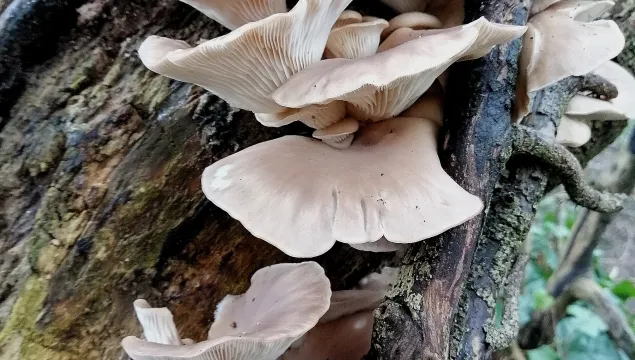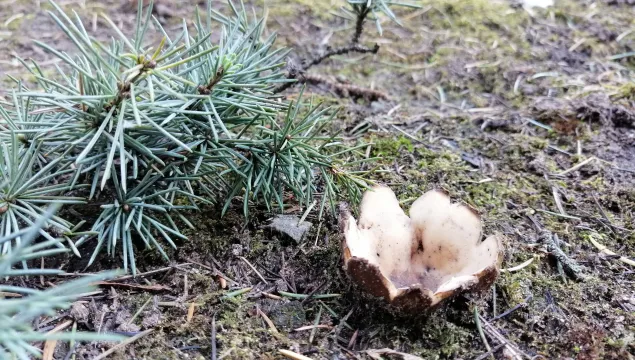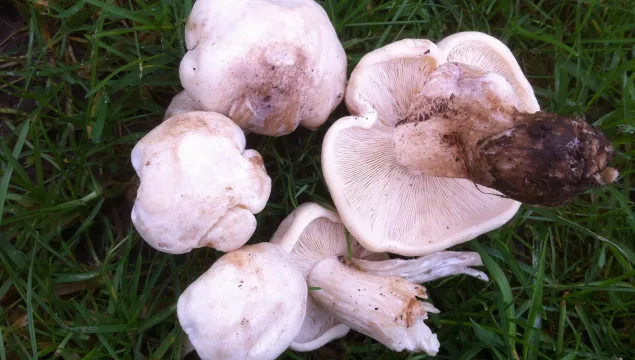Grasshopper warbler
This small summer migrant travels from Africa to breed in the reedbeds of the UK. Rarely seen but given away by its insect like trilling call
This small summer migrant travels from Africa to breed in the reedbeds of the UK. Rarely seen but given away by its insect like trilling call
A pale member of the violet family sometimes known as ‘milk violet’, the fen violet has a delicate and unassuming appearance. A real specialist of the wetland habitat, this species has seen a massive decline in population due to habitat loss and draining of wetland habitats.

Chinese water deer are easily distinguished from other deer by their strange teddy bear like appearance and the huge canine tusks displayed by the stags.

As the UK’s tallest bird the common crane is instantly recognisable with the ruffle of tail feathers and very long legs. Their bugling call is also very distinctive.
Large scale drainage in the UK has seen a massive reduction in the range of this sensitive aquatic plant which now only occurs in around 50 sites in England.

Oyster mushrooms are shell shaped fungi that grow in tiers or fabulous clusters on dead trees or stumps. Unlike many fungi, these mushrooms are not seasonal and can be found all year round, especially after a cold snap which can trigger the fungus into fruiting.
Risso’s dolphins are mysterious creatures usually only found in deep, offshore waters.

This fascinating cup fungus is a lovely thing to stumble upon -should you be lucky enough!

A lovely pale cream colour to begin with these stout mushrooms begin to turn a buff colour and the cap surface will crack as they age.
One of the UK’s rarest marine species, this giant of the rocky shore is a very special fish.
Masters of disguise, this species exhibits one of the best examples of camouflage you will find on the seashore!
A small, but feisty scavenger, this carnivorous sea snail does not let anything go to waste!